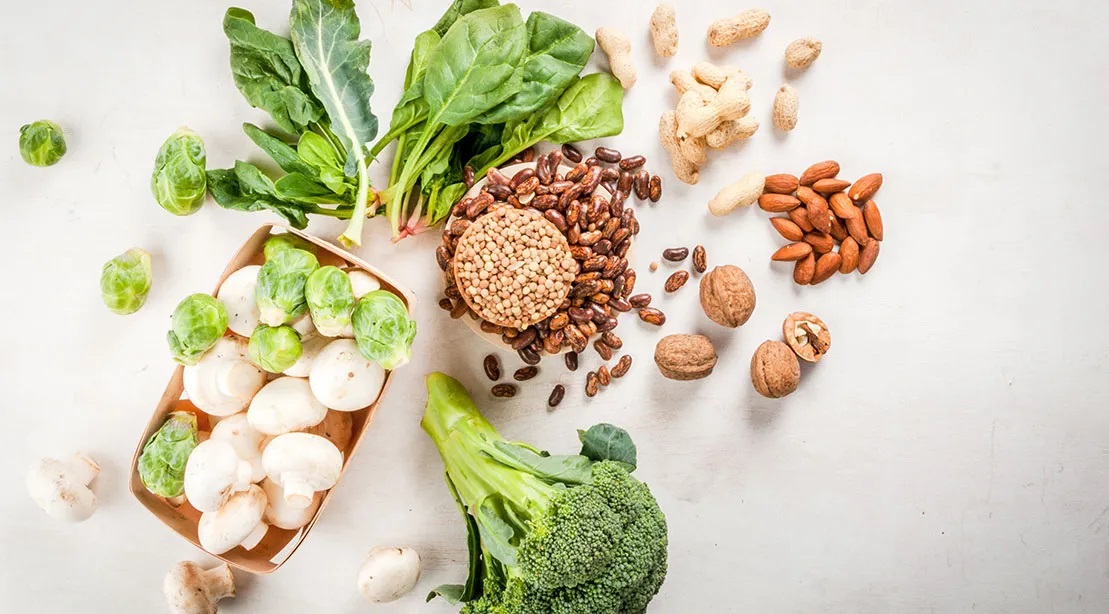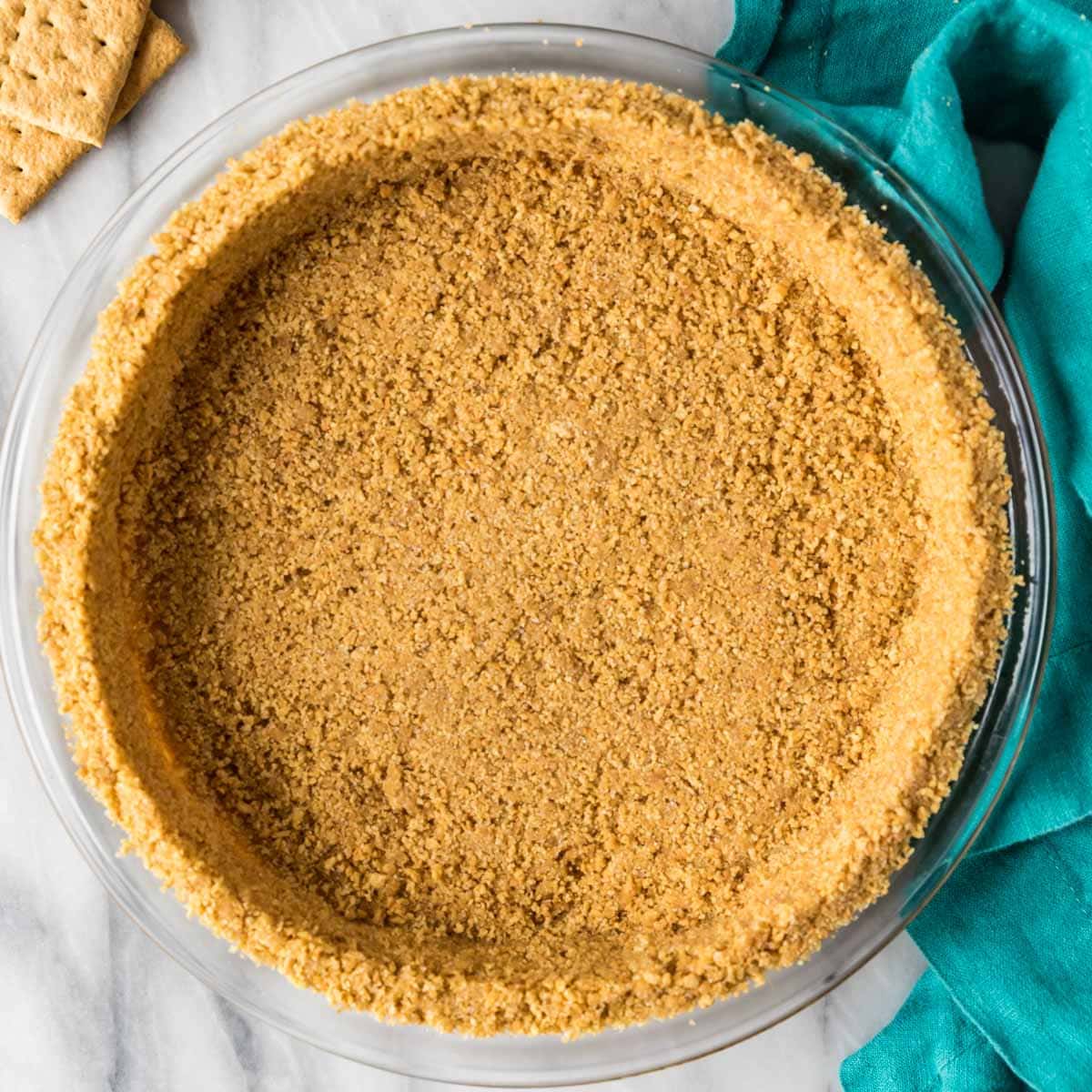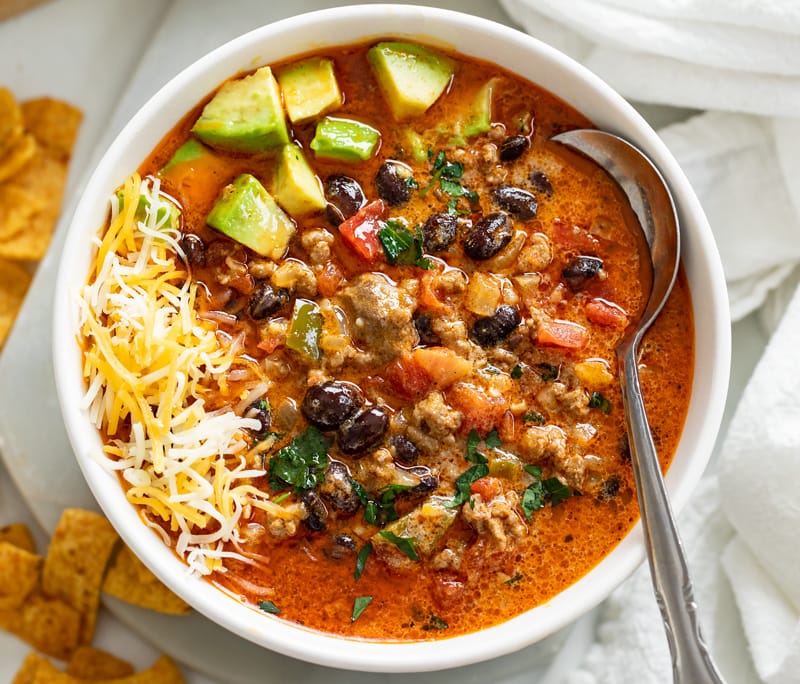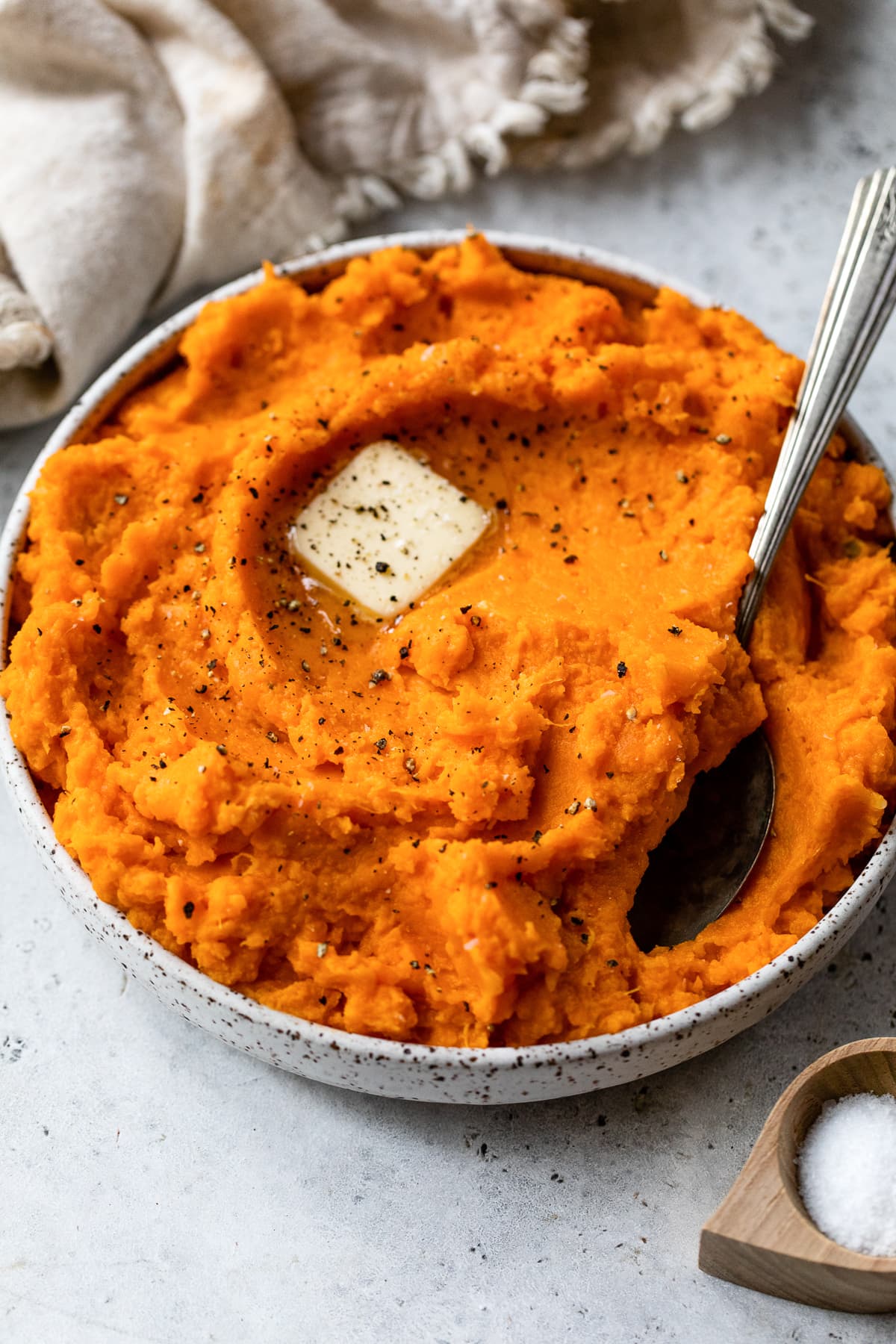If you already eat lots of chicken, beef, and salmon, you’re off to a good start. But just as you shouldn’t perform the same exercises every workout, you also shouldn’t eat the same protein every meal. Believe it or not, you can experiment with your protein sources and opt for some that never mooed, clucked, or oinked. Varying your protein sources will fuel your body with a wider range of necessary nutrients, while at the same time injecting life into a diet that’s probably become stale. (Seriously, is anyone excited by the prospect of yet another grilled chicken breast?)
Here, we’ve chronicled four other proteins you need to put on your grocery list today, to add muscle-building protein to every meal. Get ready to take your physique—and your dinners—to the next level.
Peanut Flour
Peanut flour, which is made of very finely ground, partially defatted roasted peanuts, is a low-carb flour that packs in up to 32 grams of protein in each half-cup serving.
Sneak it in: Peanut flour can be stirred into your morning oatmeal or scooped into post-training shakes for an extra shot of protein after a particularly challenging workout.
Sablefish
Often called black cod, the buttery sablefish has a texture similar to halibut. As with salmon, reeling in this swimmer is a great way to get a boatload of highly digestible protein (33 grams in each six-ounce portion) as well as omega-3 fatty acids. Scientists at Washington University School of Medicine in St. Louis determined that a higher intake of omega-3 fats can stimulate muscle-protein anabolism.
Aside from its health benefits, sablefish also has another claim to fame: The Monterey Bay Aquarium’s Seafood Watch conservation program gives wild-caught sablefish high marks as a sustainable choice due to its well-managed fishery.
Sneak it in: Like tilapia, sablefish fillets can be steamed, broiled, poached, seared in a skillet, or tossed on the grill. Sablefish also takes well to salsas, glazes, marinades, and spice rubs.
Find it: Fishmongers and supermarkets are most likely to carry sablefish as frozen fillets.
Smoked Tofu
Thanks to its meaty texture and deep flavor, smoked tofu is a welcome new twist on this vegetarian staple. With about 25 grams of protein in a three-ounce serving, smoked tofu is no lightweight in the protein department: Researchers at the University of Arkansas at Little Rock found that soy protein was just as effective as casein protein in preventing muscle breakdown and stimulating muscle-protein synthesis.
Sneak it in: Smoked tofu can be an occasional replacement for meats like chicken and beef in dishes such as chili, stir-fry’s, and soups. Also try grating it on a box grater and adding to tacos, salads, and sandwiches.
Find it: Look for smoked tofu next to other types of tofu in the produce section of your supermarket or natural food store.
Black Beluga Lentils
Named after the beluga caviar they resemble, these lentils are less earthy-tasting than the green version you’re probably used to. Like their legume counterparts, black lentils provide a nutrition windfall with impressive amounts of vitamins, minerals, and protein—about 12 grams in a mere quarter-cup serving. They’re also loaded with fat-torching dietary fiber and anthocyanins (the same potent antioxidants found in dark berries), which may lessen the muscle damage associated with hard workouts.
Sneak it in: Since they hold their shape when cooked, beluga lentils are a stellar addition to soups and salads.



